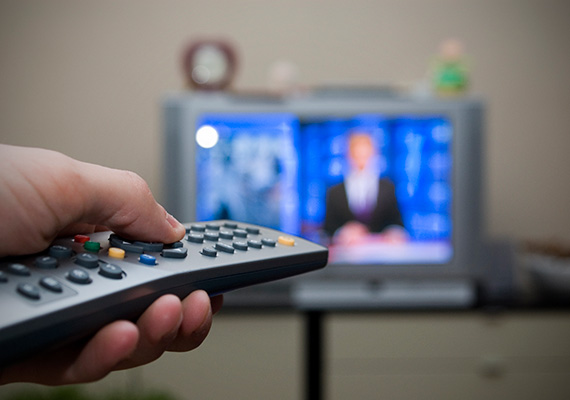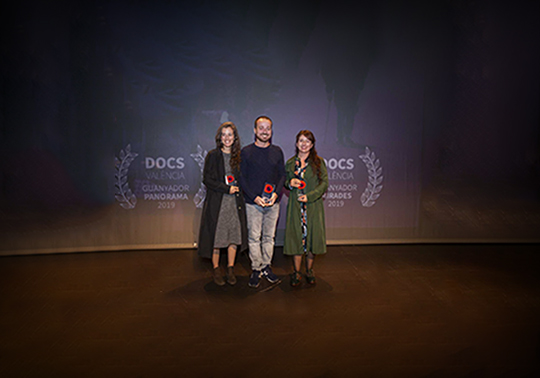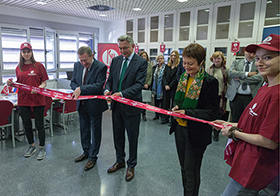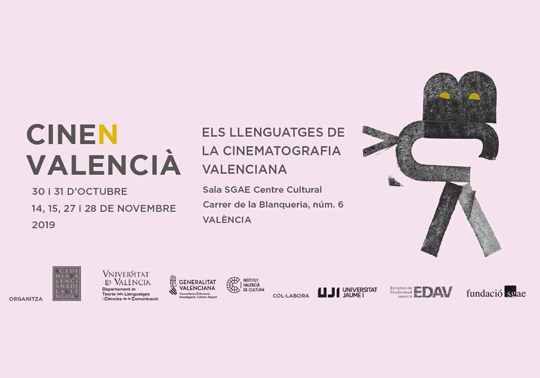
The European Committee’s Green Paper offers data on the type of television consumption of Europeans as well as on the state of the audio-visual sector within the European Union
2 december 2015
Digital technologies have stirred up the field of Audio-Visual Communication, not only on the creation of new contents and formats, but also on their exhibition, repetition, distribution and financing. With the aim of bringing light to this new environment, the European Committee elaborates their Green Book, which in its last edition from 2013 was entitled: Preparing for a Fully Converged Audiovisual World: Growth, Creation and Values
In audio-visual terms, convergence means joining traditional means with the Internet, which opens up a new and wide range of exhibition opportunities. It is at this point, that providers of Over The Top services (OTT) appear. That is, operators such as InOutTV, Telefónica or British Telecom, which offer online audio-visual contents without the need of being the providers of electronic communication networks and services. Among their services, we could highlight free and paid applications, such as the Google browse, the email service of Microsoft Hotmail, Skype and Whatsapp.
Consumption: what, where and how
On the consumption of audio-visual content, the Green Paper also offers several data: in 2013, the number of smart TV’s was of 40,4 millions, but this number is expected to increase in 2016 reaching most European homes.
In 2012, 22% of EU citizens used their mobile phone to access Internet. In 2016, most Internet traffic is expected to be mostly in video format and produced mainly through little devices with Wi-Fi connection.
Up ‘til now, we have been concerned with where and how we consume, but what do we actually consume? A significant aspect in order to clarify this datum is to know what European radios and television are spending their money on. According to 2009 data, they invested almost a third part of their income in contents, mainly addressed to the acquisition of rights: 9,800 million on cinema and television and 5,800 millions in sports rights. Hence, we essentially consume sports, cinema and television.
Image source: netflix-es.com
Contents without borders
In a multicultural and multilingual European Union, operators who offer audio-visual contents without territorial access restrictions are able to reach over 368 million people who enjoy internet connection.
However, the truth is that the services of content supply are still characterized for their lack of options and geographical restrictions. This document states that technology could help us get through this situation. For example, content producers, subtitle suppliers and researchers have started creating alliances to share linguistic resources through their corpora, large subtitling data bases in different languages which automatize translation systems.
As stated in the section Market Considerations, they aspire for “A Polish student spending her Erasmus year in London can access all the audio-visual offers from Polish operators with her Polish credit card — just the same way she used to do in Kraków, as Polish services are provided to London”.
‘Deal or no Deal’ and ‘The Killing’, the most exported
The European Committee highlights the increasing tendency of exchanging the formats of television series and programs, sometimes adapted to local demands. Among the most exported programs we could highlight some such as Who wants to be a millionaire? and Deal or no Deal, and series such as The Killing and The Bridge. Cooperation is greater in productions whose linguistic barriers are smaller, as in the case of children programs and documentaries.











